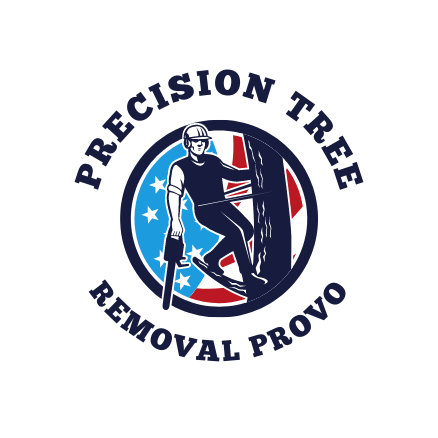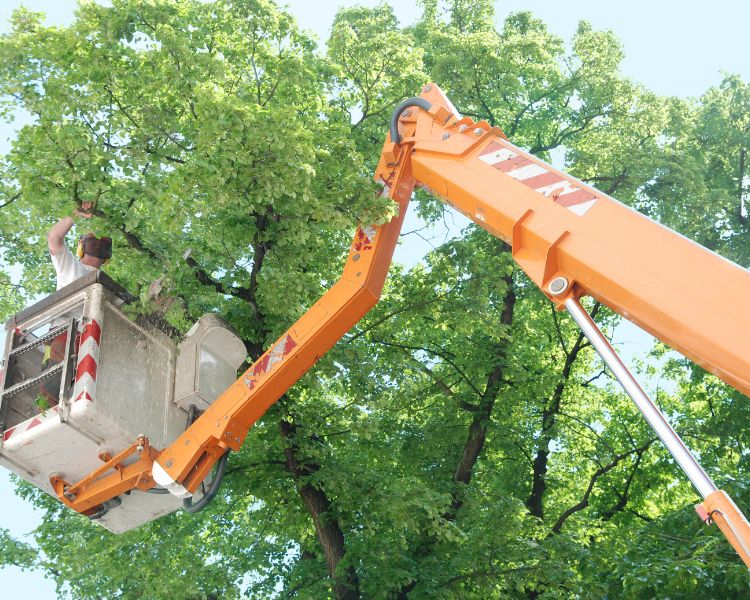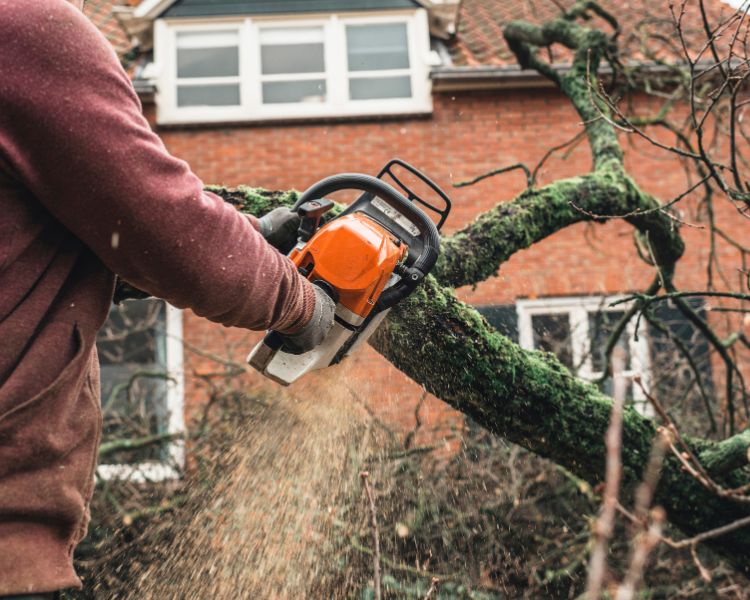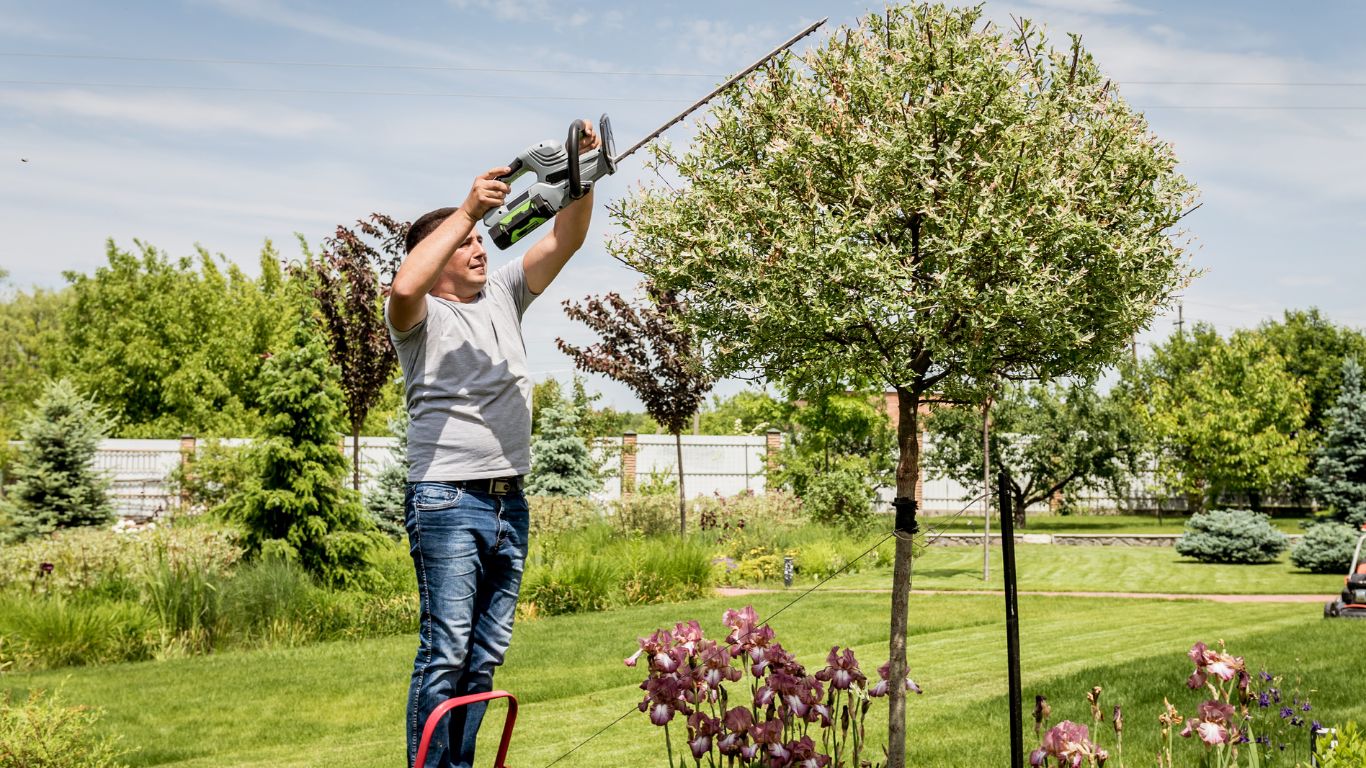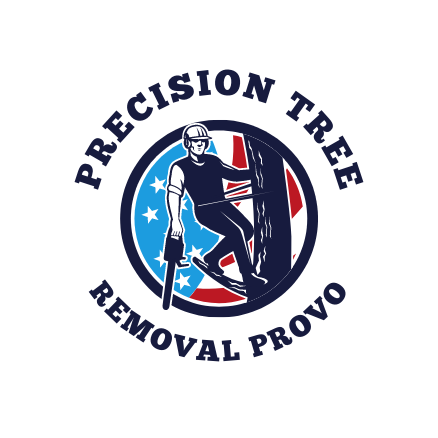Trees are an essential part of our environment and require proper care to thrive. One of the key aspects of tree care is trimming. Tree trimming is not just about cutting off branches; it’s a science that requires a deep understanding of a tree’s anatomy, growth patterns, and the right time to prune. In this blog, we will take you through the science of tree trimming and how it benefits your trees. From promoting health and growth to enhancing landscaping aesthetics and minimizing risks to property and individuals, we cover all the advantages of proper tree trimming. We also discuss the essential tools required for tree trimming and whether you need a professional arborist or not. Lastly, we explore if proper tree trimming can prevent diseases from affecting your trees.
Understanding Tree Trimming
Understanding the process of tree trimming is essential for maintaining the health and longevity of your trees. When done properly, tree trimming promotes healthy growth while preventing potential hazards. It also helps to maintain the aesthetic appeal of your landscape by shaping the trees and ensuring they fit harmoniously within their surroundings. Regular tree trimming, following good pruning practices, can enhance the overall health and vitality of your trees, reducing the risk of diseases and pests. By addressing defects and removing dead or diseased branches, you can improve the health of the tree and promote new growth. Tree trimming is an essential aspect of maintaining a safe and well-maintained outdoor environment, especially in urban areas where street trees contribute to the sustainability and beauty of the urban forest.
The Anatomy of a Tree
Understanding the structure of a tree is essential when it comes to effective tree trimming. Each part of a tree, including the trunk, branches, and roots, plays a crucial role in its overall health and growth. By selectively pruning specific branches, you can stimulate new growth and improve the tree’s overall structure. It’s important to consider the natural growth pattern of the tree and the location of its branches while trimming. Proper pruning techniques involve making cuts at the right locations, such as the branch collar, to promote healthy tree growth. By understanding the anatomy of a tree, you can ensure that your trimming efforts enhance the health and longevity of your trees.
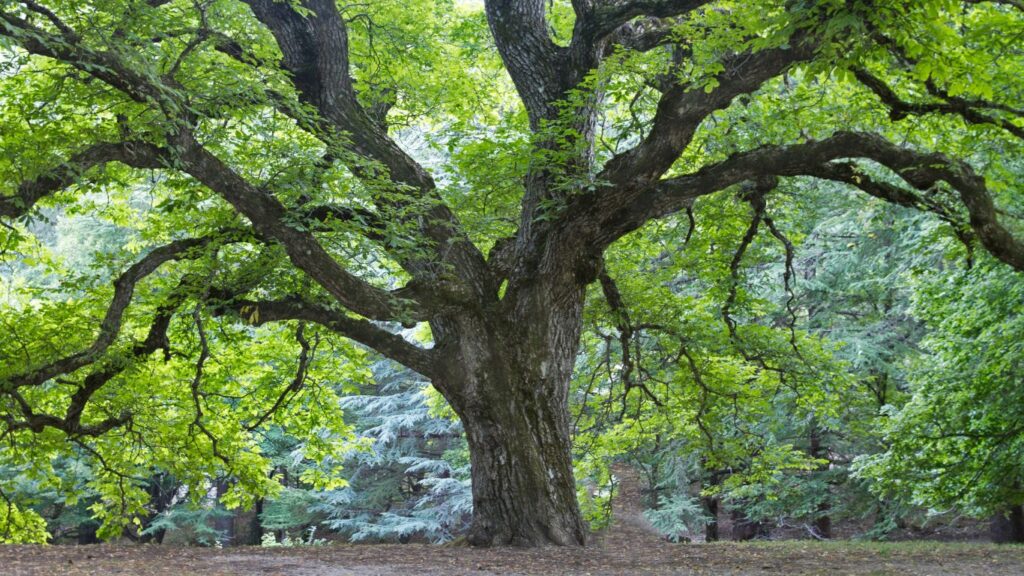
The Scientific Approach to Tree Trimming
Tree trimming, a key component of proper tree care, is based on scientific principles and best practices. Expert arborists utilize their knowledge to evaluate the health and structure of trees before pruning. They employ techniques like crown thinning and crown raising to maintain a balanced canopy and promote adequate air circulation. Pruning during the dormant season, typically in October or November, encourages healthier regrowth in the spring. Regular inspections and pruning can also prevent the spread of diseases and pests, ensuring the long-term health of both deciduous and evergreen trees. By following a scientific approach to tree trimming, homeowners can contribute to the sustainability of the urban forest and the overall health of their landscape.
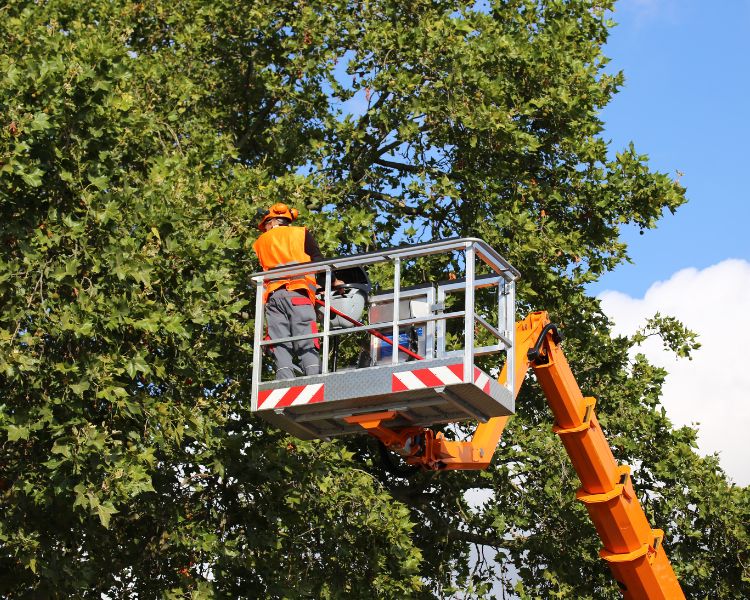
Recognizing the Right Time for Tree Trimming
Tree trimming should be done strategically to minimize stress on the trees. The dormant season, typically fall or winter, is an ideal time for pruning. It promotes new growth and helps shape the trees for the growing season. However, immediate safety risks should be addressed promptly by trimming the trees as soon as possible. Consulting a certified arborist can help determine the best time for tree trimming based on the species and condition of the trees. Remember, proper timing is essential to ensure the health and long-term sustainability of your urban forest.
How Does Tree Trimming Benefit Your Trees?
Tree trimming offers numerous benefits to your trees. It promotes healthier foliage and overall tree health by removing dead, diseased, or damaged branches. Additionally, it enhances the aesthetic appeal of your landscape and improves curb appeal. Trimming also allows for better sunlight penetration, encouraging the growth of lower branches and shrubs. Regular pruning reduces the risk of falling limbs and potential property damage.
Promoting Health and Growth in Trees
Promoting the health and growth of trees involves various techniques, including tree trimming. By removing dead or dying branches, tree trimming stimulates new growth. It also helps maintain a balanced canopy, improving air circulation and sunlight exposure. Additionally, trimming removes competing branches, allowing stronger and healthier limbs to thrive. Redirecting growth away from structures or potential areas of damage is another benefit. Pruning young trees promotes proper structural development and reduces the need for corrective pruning in the future. Incorporating good pruning practices can enhance the health of the tree, benefiting both homeowners and the overall urban forest.
Enhancing Landscaping Aesthetics
Tree trimming plays a crucial role in enhancing the aesthetics of your landscape. By shaping trees and maintaining their desired form, it improves the overall appearance of your outdoor space. Through proper pruning techniques, trees are visually appealing and contribute to a well-maintained and attractive landscape design. Trimming removes overgrown or obstructive branches, opening up views and creating a more inviting environment. It also highlights the unique features of trees, enhancing their natural beauty. Well-trimmed trees create a cohesive and visually pleasing landscape, making your outdoor space more enjoyable.
Minimizing Risks to Property and Individuals
Regular tree trimming plays a crucial role in minimizing risks to both property and individuals. By engaging in regular pruning, the risk of falling branches or trees during severe weather conditions is significantly reduced. This practice helps remove potential hazards such as weak or dead branches that could cause property damage or injury. Additionally, trimming trees near structures or power lines mitigates the risk of costly accidents or disruptions. Employing proper pruning techniques not only prevents branch failure but also promotes the overall health and structural integrity of the tree. Furthermore, trimming trees along roadways or sidewalks ensures safe passage for pedestrians and vehicles. By prioritizing tree trimming, homeowners can safeguard their property and protect the well-being of individuals in the surrounding area.
Essential Tools for Tree Trimming
When it comes to tree trimming, having the right tools is essential. Pruning shears are valuable for maintaining the health of your trees by cutting small branches. For larger branches, hand saws provide precision cuts. If you need to reach higher branches without a ladder, pole pruners are ideal. Chainsaws are necessary for cutting larger branches or even removing entire trees. Don’t forget about safety equipment like gloves, goggles, and helmets to protect against potential hazards. By using the proper tools, you can ensure good pruning practices and promote the health of your trees.
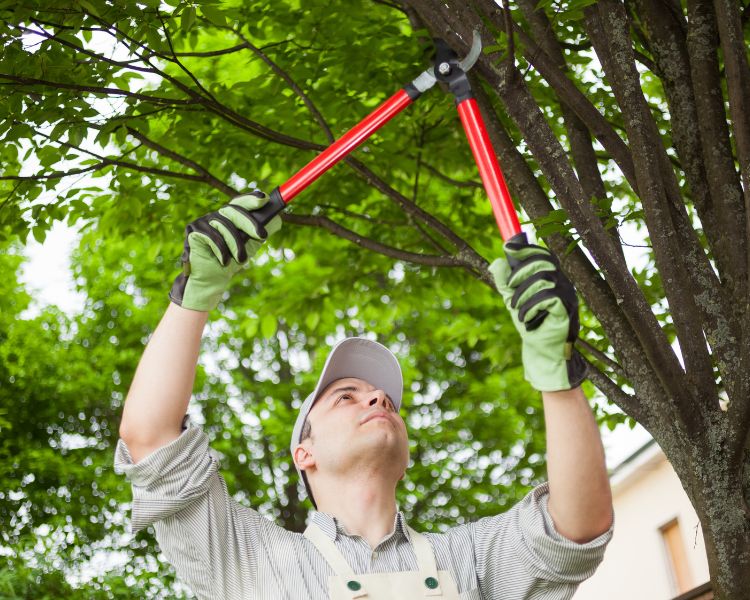
Manual Pruning Equipment
Manual pruning equipment plays a crucial role in tree trimming. Pruning shears, also referred to as hand pruners, are ideal for making precise cuts on small branches that are up to ¾ inches in diameter. Loppers, on the other hand, have longer handles and are specifically designed to cut branches that are up to 2 inches thick. For larger branches, pruning saws with curved blades are used. To reach higher branches without the need for climbing, pole pruners with extendable poles are utilized. Lastly, hedge shears are commonly employed for shaping hedges and shrubs that have multiple small branches.
Power Tools for Larger Branches
When it comes to tree trimming, using power tools for larger branches can greatly improve efficiency. While hand pruners, loppers, and saws are commonly used for smaller branches, power tools like chainsaws and pole pruners are essential for tackling larger branches. However, it’s important to prioritize safety when using these tools. Wearing protective gear and following manufacturer instructions can help prevent accidents. Regular pruning not only promotes healthy growth but also protects trees from storm damage and disease. By utilizing power tools responsibly, homeowners can maintain the health and aesthetics of their trees while ensuring the safety of their property.
Do You Need a Professional Arborist?
When it comes to tree trimming, the need for a professional arborist depends on the size and complexity of the job. For large or dangerous trees, it is highly recommended to hire an expert. They have the necessary equipment and expertise to ensure safe and damage-free tree trimming. Hiring a professional can also help maintain the health and beauty of your trees in the long run.
Can Proper Tree Trimming Prevent Diseases?
Proper tree trimming can help prevent diseases by removing infected or dead branches. It also improves airflow and sunlight, promoting healthy growth and reducing disease risk. However, it’s important to consult a professional arborist for proper tree care and disease management.
Conclusion
Tree trimming is not just a chore; it is a science that can greatly benefit the health and longevity of your trees. By understanding the principles behind tree trimming, you can ensure that your trees receive the proper care they need to thrive. Regular tree trimming promotes healthy growth, removes dead or diseased branches, improves air circulation, and enhances the overall appearance of your landscape. Additionally, professional tree trimming services can help identify potential issues and prevent future problems. If you want to learn more about the science of tree trimming and how it can benefit your trees, don’t hesitate to call us today or visit our website for more information. Our team of experts is ready to assist you in taking care of your trees and creating a beautiful outdoor environment.

